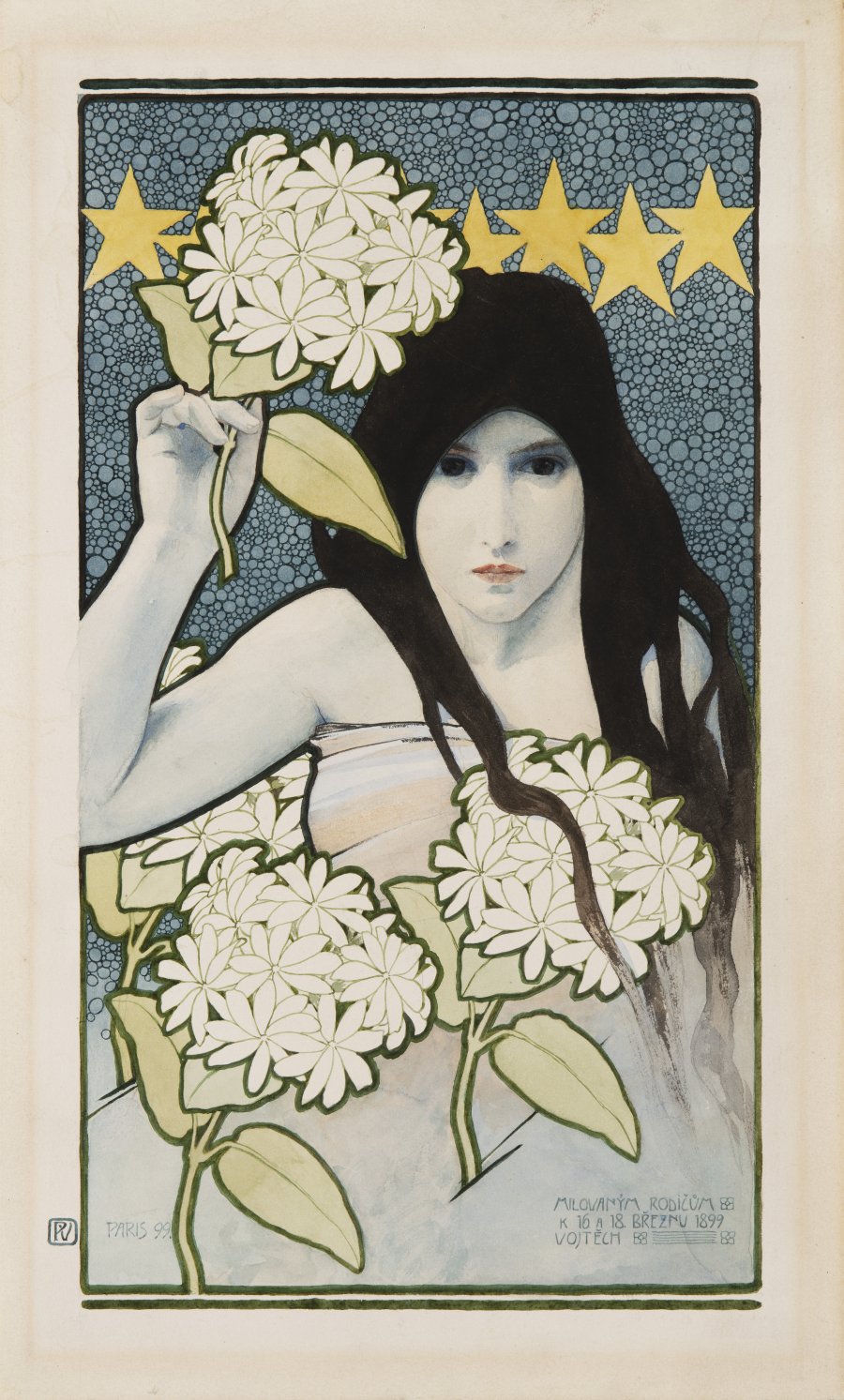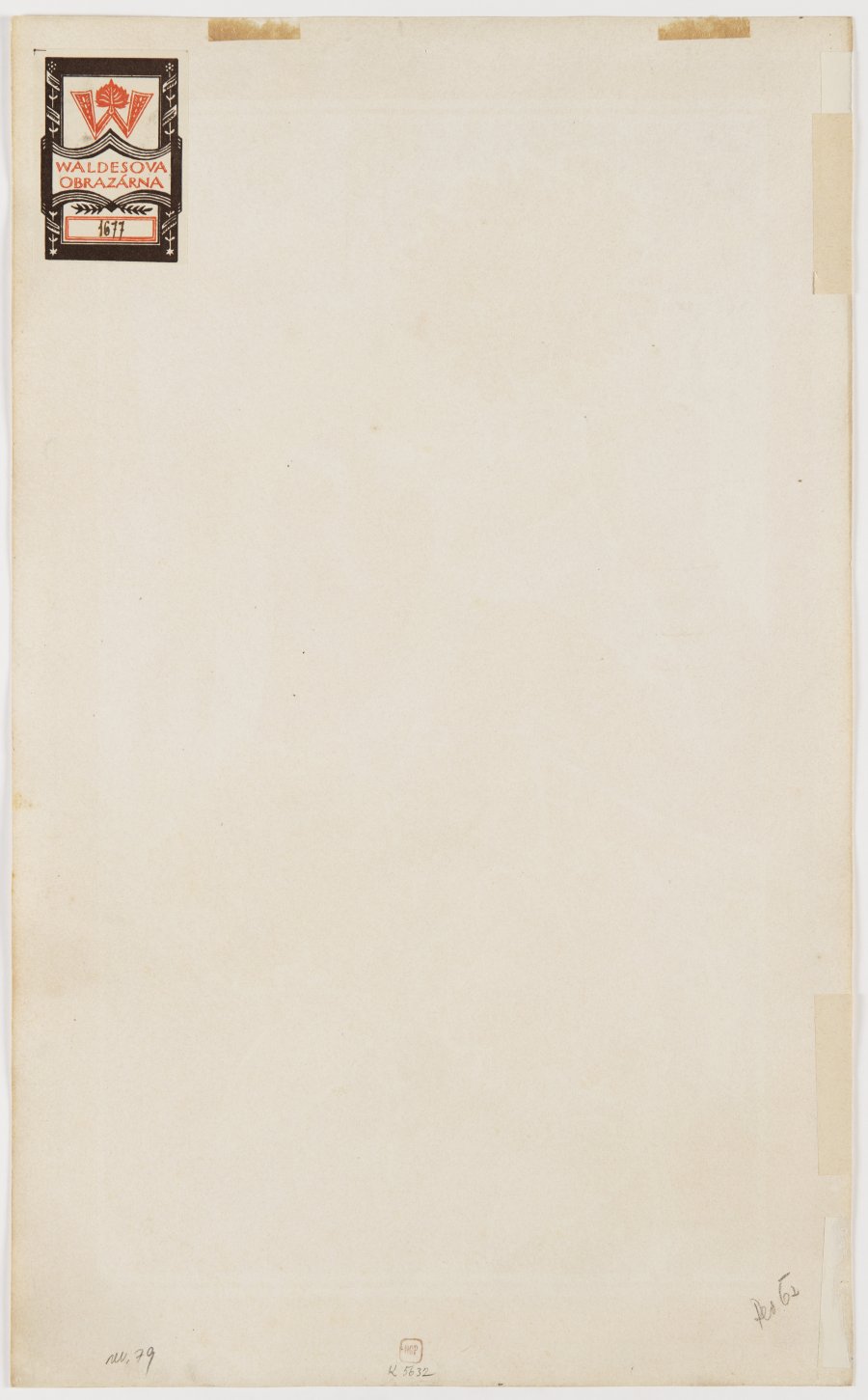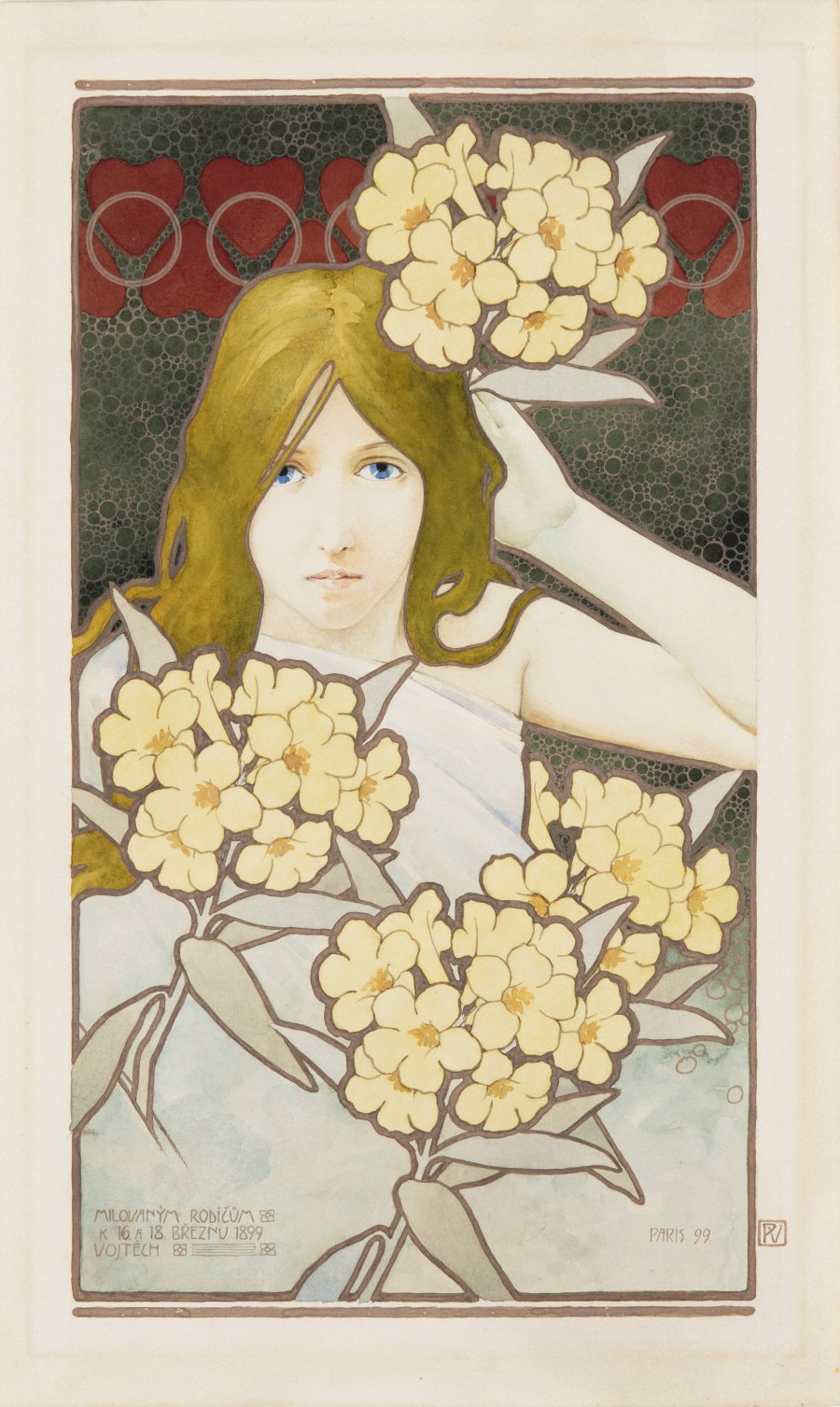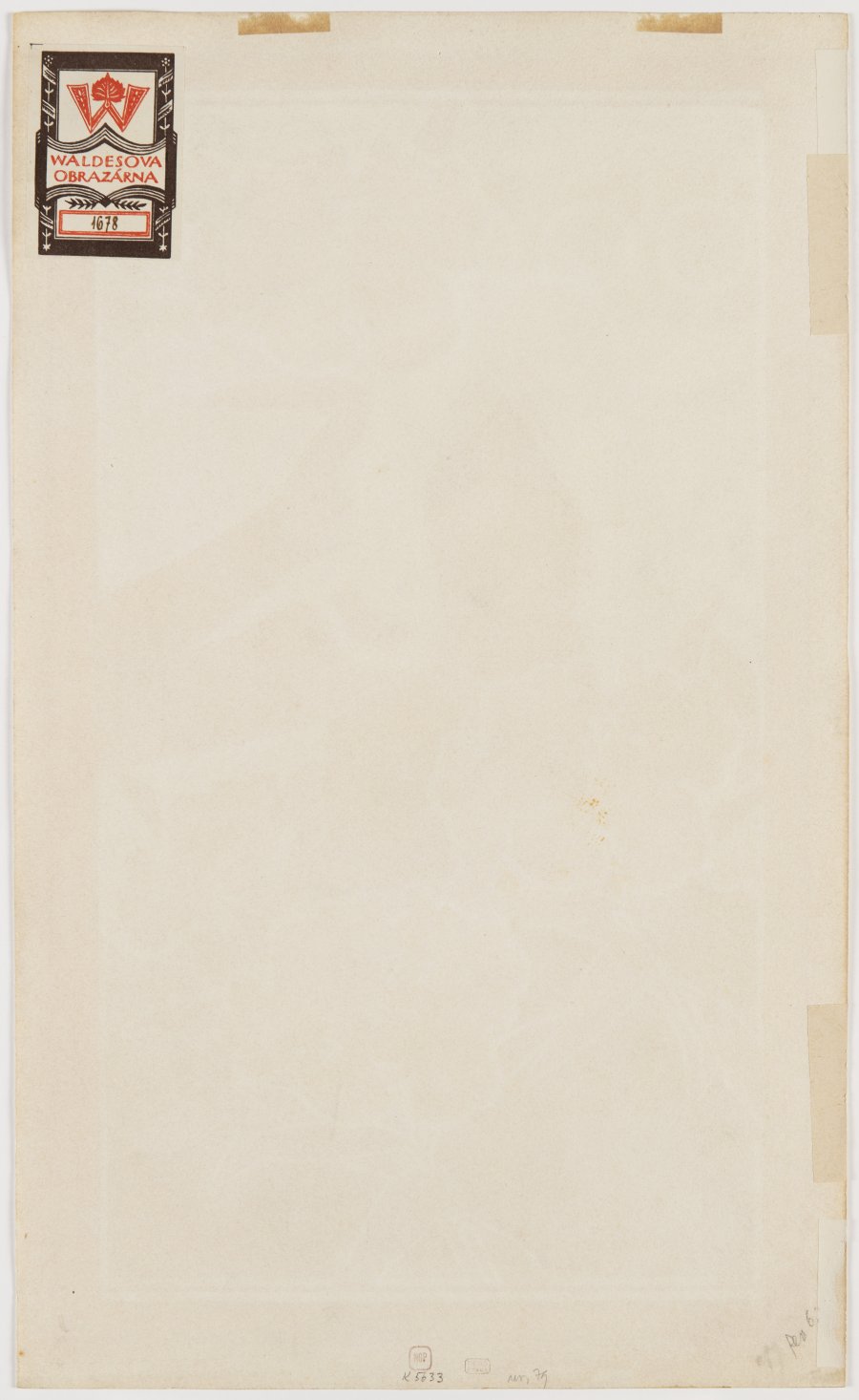450 000 CZK
| 17 647 €
Lot 30
DAY AND NIGHT DIPTYCH
45,3 x 27,4 cm (h x w)
Starting price
Price realized
450 000 CZK
| 17 647 €
| 17 647 €
price without premium
Watercolor on paper.
DAY: Signed lower right “Paris 99”, “PV” in the frame outside the picture. Inscription lower left: “Milovanym rodicum / k 16. a 18. breznu 1899 / Vojtech” [To my dear parents in commemoration of 16 and 18 March 1899 Vojtech] Sticker from Waldes Picture Gallery no. 1678 on back. A young blonde-haired woman looks straight ahead, her left hand lifted to her head, asymmetrically shifted to the left golden ratio. Four stalks of yellow flowers; decorative band of red hearts against a dark background.
Night: Signed lower left “Paris 99”, “PV” in the frame outside the picture. Inscription lower right: “Milovanym rodicum / k 16. a 18. breznu 1899 / Vojtech” [To my dear parents in commemoration of 16 and 18 March 1899 Vojtech] Sticker from Waldes Picture Gallery no. 1677 on back. A young black-haired woman looks straight ahead, her right hand raising a stalk of white flowers, asymmetrically shifted to the right golden ratio. Three more stalks of white flowers are decoratively arranged around her. A band of five-point gold stars filled with tiny circles is set against a blue background.
The artist dedicated the Day and Night diptych to his parents, as explained in the expert assessment by Prof. PhDr. Petr Wittlich, CSc: “... in gratitude for enabling Preissig to take his dream trip to Paris in 1897, and unquestionably also as an expression of the artistic skill he gained in Paris, where he initially worked under Alphonse Mucha (1898) and continued in the study of printmaking techniques under E. Delaune. It is remarkable how quickly Preissig found his way on the Paris scene and mastered his own perfect style of decorative prints, in which he could free himself from the influence of Alphonse Mucha. Whereas Mucha established his decorative system on three-dimensional lines, Preissig based his on colour fields, thus nearing him to the synthetic tendencies of French modernism as it developed from Gauguin to the Nabis. His enormous sense for colour is also typical for his work, later leading Preissig to the painter’s easel. Both sheets of the diptych are a first-class example of Preissig’s art and confirm his significance as a founding father.”
Ref.: Katalog Tschechische Kunst 1878–1914, Auf dem Weg in die Moderne 1985, Mathildehöhe Darmstadt 18. 11. 1984 bis 3. 2. 1985.
More works from auction
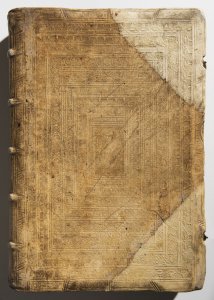
Lot 1 LIBER CHRONICARUM
Starting price650 000 CZK | 25 490 €
Price realized
650 000 CZK | 25 490 €
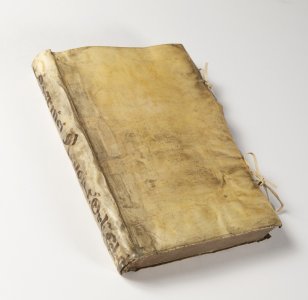
Lot 2 DE REVOLUTIONIBUS ORBIUM COELESTIUM
Starting price1 900 000 CZK | 74 510 €
Price realized
2 000 000 CZK | 78 431 €
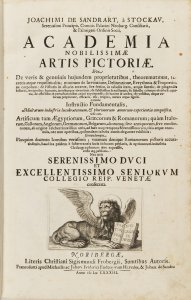
Lot 3 ACADEMIA NOBILISSIMAE ARTIS PICTORIAE
Starting price40 000 CZK | 1 569 €
Price realized
41 000 CZK | 1 608 €
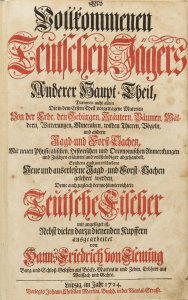
Lot 4 DES VOLLKOMMENEN TEUTSCHEN JÄGERS ANDERER HAUPT-THEIL
Starting price38 000 CZK | 1 490 €
Price realized
10 000 CZK | 392 €
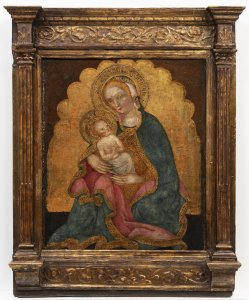
Lot 5 MADONNA WITH THE CHRIST CHILD
Starting price500 000 CZK | 19 608 €
Price realized
500 000 CZK | 19 608 €
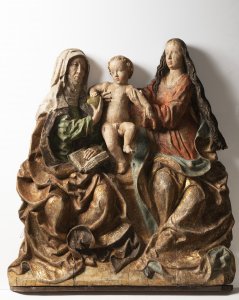
Lot 6 THE VIRGIN AND CHILD WITH ST. ANNE
Starting price350 000 CZK | 13 725 €
Price realized
350 000 CZK | 13 725 €
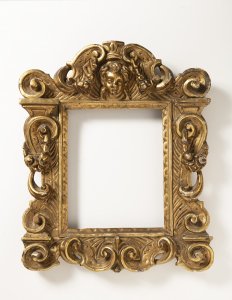
Lot 7 ITALIAN RENAISSANCE FRAME
Starting price55 000 CZK | 2 157 €
Price realized
65 000 CZK | 2 549 €
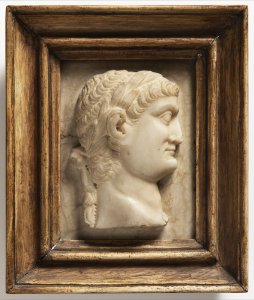
Lot 8 TWO RELIEF PORTRAITS OF ROMAN EMPERORS
Starting price45 000 CZK | 1 765 €
Price realized
45 000 CZK | 1 765 €
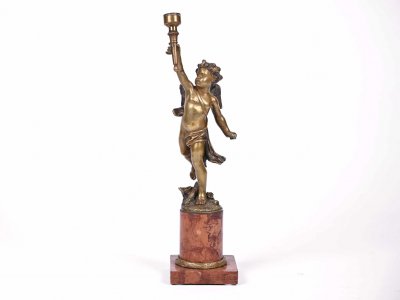
Lot 9 VENUS HONORED BY NYMPHS AND A FAUN
Starting price280 000 CZK | 10 980 €
Price realized
23 225 CZK | 911 €
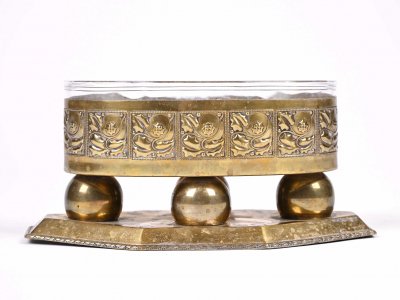
Lot 10 SAINT AGNES OF ROME
Starting price200 000 CZK | 7 843 €
Price realized
3 466 CZK | 136 €
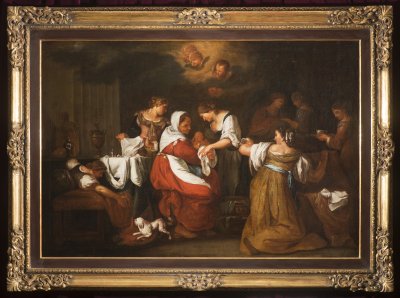
Lot 11 THE BIRTH OF THE VIRGIN
Starting price800 000 CZK | 31 373 €
Price realized
950 000 CZK | 37 255 €
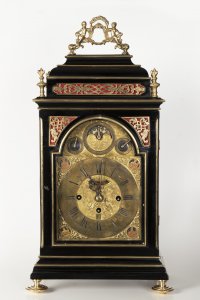
Lot 12 A BAROQUE TABLE CLOCK
Starting price100 000 CZK | 3 922 €
Price realized
100 000 CZK | 3 922 €

